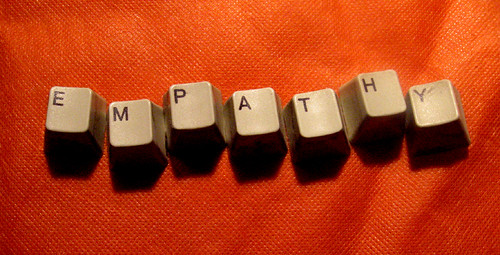Last Friday, October 20, I had the pleasure to facilitate a session in the Braz-TESOL Brasília Half-Day Seminar. Fellow teacher Leonardo Sampaio partnered up with me in this session called “Become Google Certified Awesome!” The purpose of our session was to demonstrate a little bit of the impact that becoming Google Certified Educators has had in our classes. It was a hands-on session, which took some participants by surprise, for some of them might have been expecting to hear us talk about the Google certification process, hence the title of the session. But we like to surprise people, so off we went on a collaborative 45-minute journey. (Quick and intense! Phew!)
Participants worked in trios, and each trio had an Ipad. They went into a Google Classroom we created especially for the session and were asked to discuss what 21st-century is, in their view, and how digital tools may facilitate 21st-century learning in the EFL classroom. After discussing within their groups, they had to write down a summary of their thoughts in the discussion stream of the task. Groups were then invited to read what other groups wrote in the discussion (inside their Google Classroom) and respond by writing comments.
The next task enticed participants’ creativity, for they had to access a collaborative Google Slides presentation, locate their group’s slide containing a crazy and unique image, and discuss what they thought had not gone as expected in the image. They had to write down a statement in response to that question about their image. Once they were done with that, groups were invited to look at other groups’ slides and write down 3rd conditional sentences inspired by the situation statements.
We finished our 45-minute session with a great video about 21s Century Learning and the 4 C’s. We asked participants to reflect on the tasks and activities they had engaged throughout the session to identify whether the 4 C’s had come up in their experience together, to which they said “Yes!” At the end of the session, Leonardo and I shared our views on how becoming Google Certified Educators has impacted our teaching practices and the learning experiences we facilitate in our classrooms. We feel that the very process of studying the units in the Google Training Center, which were made by teachers for teachers, helped us get in touch with a million ways teachers all around the world have been applying these tools in their classrooms in order to enhance the 4 C’s.
And what’s more, for me, the most valuable thing in having become Google Certified Trainer is to become part of a community of educators who are committed to facilitating learning experiences that help our students become global collaborators and creators of knowledge. After all, it’s never about the tech, it’s about the learning. It’s never about the tool, it’s about the pedagogy and, above all, it’s ALWAYS about the people.



